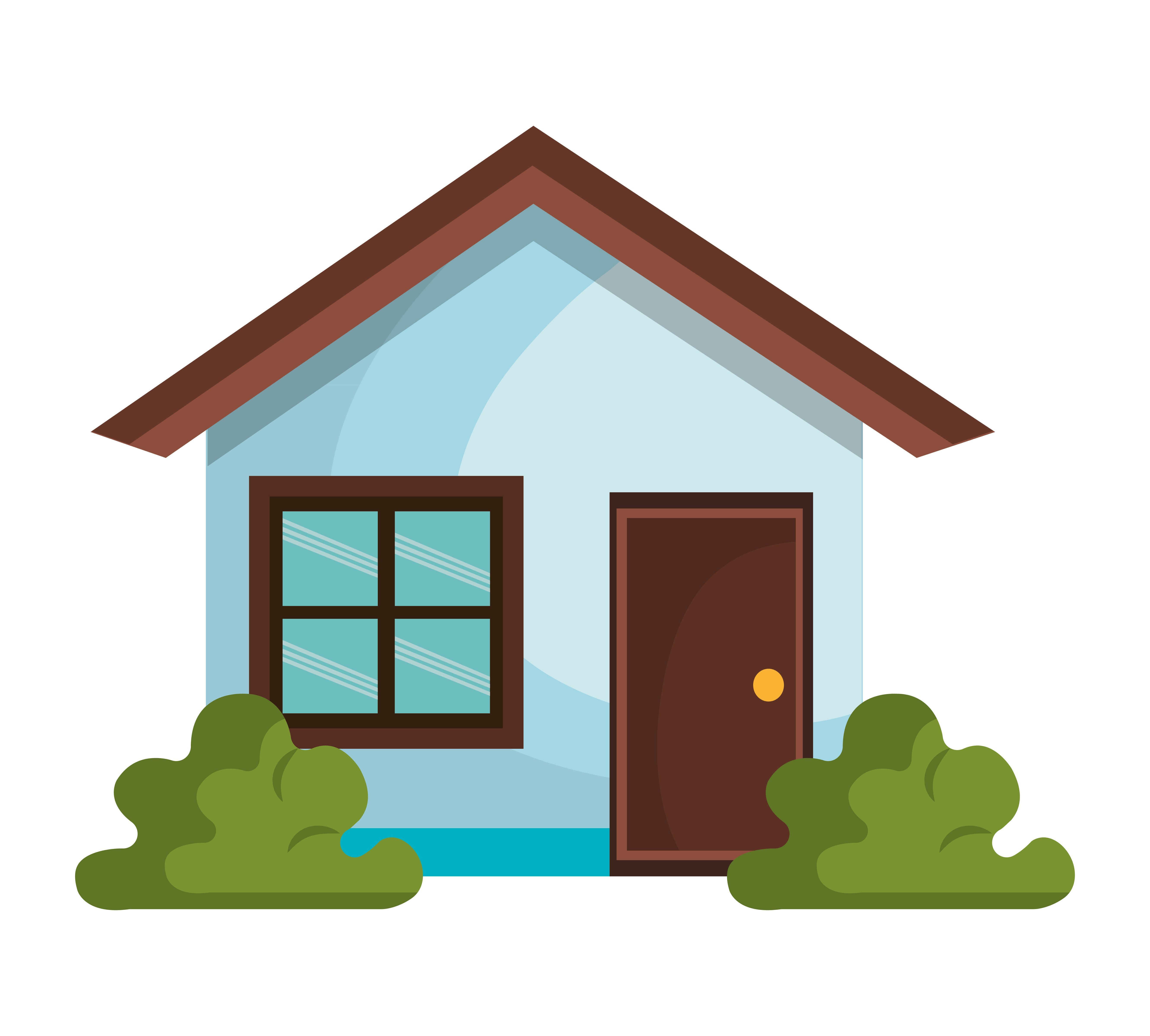
You’ve likely seen automated external defibrillators, or AEDs, in public – perhaps in a shopping center, airport, fitness center, or school building.
They’re there for a good reason. AEDs increase the survival chances of individuals in sudden cardiac arrest, or SCA. Vigilant bystanders use them to shock a victim’s heart back into a normal rhythm so it can resume pumping blood. Public AEDs are there to provide life-saving support in the critical minutes between the SCA event and when emergency medical services arrive.
While AEDs have become increasingly common in public, it’s less likely you’ll find them in homes. That’s a problem because nearly 75% of SCAs occur at home, and only about 6% of individuals who suffer one at home survive.
Perhaps you’re wondering whether an AED is appropriate for your home, or what you should to know if you get one.
Let’s explore five key questions you might ask.
1. Are AEDs available for home use?
Yes! You can acquire an AED for your home.
2. Should I have an AED at home?
Many healthcare professions agree it’s a good idea. Any home – including yours – can benefit from an AED because anyone can have a SCA. Think of having an AED in your home like having a fire extinguisher. You hope you never need to use it, but you have peace of mind knowing it’s there in case a fire breaks out.
AEDs are especially appropriate in homes that house a person(s) at increased risk for SCA. For example, a person’s risk factors include:
- Coronary artery disease or a family history of coronary artery disease
- Diabetes
- High cholesterol
- High blood pressure
- Previous SCA
Also, any visitors to your home could experience SCA. Having an AED on hand is a great step toward being prepared.
3. What should my family and I know about having an AED in our home?
An AED is one part of the chain of survival
Calling 911 - and leaving the phone on speaker mode so it’s easy to communicate with the dispatcher - should be the first step when responding to someone in SCA. EMS should be their way while you’re performing live-saving interventions.
CPR and use of an AED go hand in hand. CPR should be started immediately after a person goes into SCA so that oxygenated blood continues to flow to the brain, heart, and other organs. It’s important that household members receive CPR training and it is recommended to recertify at least every two years to keep their skills sharp.
Get familiar your AED
AEDs are user-friendly. They’re designed for bystanders with little or no medical training – perhaps like you. However, it’s easy to get flustered when responding to a medical emergency. Even simple steps can feel overwhelming. That’s why getting familiar with your AED - even conducting a dry run of a SCA scenario - can help you remain cool, calm, and collected if an emergency strikes.
Keep your AED in an easily accessible place
The kitchen, dining room, or family room are good choices. It should be easy to locate and retrieve if it’s needed. Keeping it in plain sight can also help remind you to regularly check that it’s working properly.
4. Will my AED require maintenance?
Yes, like any machine, AEDs must be maintained. Inspecting and maintaining the AEDs is a key responsibility. Here are some key maintenance tips:
- Perform a monthly check on your AED to ensure it’s working properly and ready for use in case of a SCA emergency and physically log your inspections. Be sure that the device’s status indicator shows ready and that the batteries and the electrode pads are not expired. Most AEDs do a self check weekly or even daily and will display and sound an alert if a problem is found.
- AEDs are battery powered, and batteries require periodic replacement – usually either every 4 years or 5 years. Refer to your AED’s user guide for information on how, and how often, to replace the batteries
- The electrode pads that are placed on the SCA victim’s chest need to be replaced periodically. Depending on the AED brand and model, this can be anywhere from 2 years to 5 years.
- Refer to the manufacturer’s user guide and accompanying materials for information on AED maintenance and warranty information. You may also reach out to Starting Hearts with any question about your AED.
5. Where can I purchase an AED?
Visit the Starting Hearts store for great AED options. We also provide service and maintenance programs to keep your AED emergency ready, as well as specific training for making a life-saving difference.
Contact us for more information: info@startinghearts.org
Patrick Golden is a healthcare writer based in Massachusetts.
